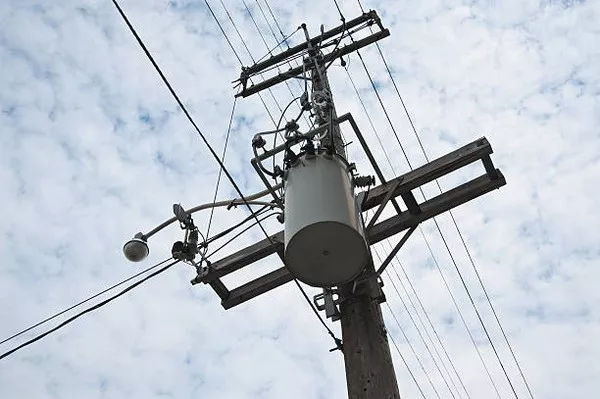Transformers play a crucial role in electrical power systems, facilitating the efficient transmission and distribution of electricity. One of the fundamental aspects of transformers is voltage, a key parameter that determines their functionality and applicability in various settings. In this article, we will delve into the concept of transformer voltage, exploring its significance, types, and the factors influencing its operation.
Understanding Transformer Voltage:
Voltage, in the context of transformers, refers to the potential difference between the primary and secondary windings. Transformers operate on the principle of electromagnetic induction, where a changing magnetic field induces a voltage in a coil. The transformer’s primary winding receives electrical energy at a certain voltage level, and through electromagnetic induction, it transfers this energy to the secondary winding at a different voltage level.
Types of Transformer Voltage:
Primary Voltage: The primary voltage is the voltage applied to the primary winding of the transformer. It is the initial electrical energy that enters the transformer, typically at a higher voltage level. Primary voltage is a critical parameter as it determines the transformer’s capability to handle and transform electrical power.
Secondary Voltage: Secondary voltage, on the other hand, is the output voltage obtained from the secondary winding. The transformer alters the primary voltage to a different level as required by the application. This transformed voltage is then utilized for various purposes, such as distribution to households or further transmission in power grids.
Factors Influencing Transformer Voltage:
1. Turns Ratio:
The turns ratio is a fundamental factor influencing transformer voltage. It is defined as the ratio of the number of turns in the secondary winding to the number of turns in the primary winding. The turns ratio determines how much the voltage is stepped up or stepped down. For example, if the turns ratio is 1:2, the secondary voltage will be half of the primary voltage.
2. Core Material:
The core material of a transformer plays a crucial role in determining its voltage characteristics. Transformers with ferromagnetic cores, such as those made of iron or steel, exhibit different voltage behaviors compared to transformers with air cores. The core material influences the transformer’s magnetic properties, affecting its efficiency and voltage regulation.
3. Frequency:
Transformer voltage is also influenced by the frequency of the electrical power. Different regions and applications may have varying power frequencies, and transformers are designed to operate optimally within specific frequency ranges. Changes in frequency can impact the transformer’s performance, affecting both primary and secondary voltages.
4. Load Conditions:
The load conditions, or the amount of power drawn from the transformer, can impact its voltage regulation. Transformers are designed to provide a relatively constant output voltage under varying load conditions. However, excessive loads or sudden changes in load can lead to voltage fluctuations, affecting the efficiency of the transformer.
Applications of Different Voltage Levels:
1. High Voltage Transformers:
Transformers designed for high voltage applications are commonly used in power transmission. High voltage is preferred for long-distance transmission as it reduces energy losses along the power lines. Step-up transformers are employed to increase voltage before transmission, and step-down transformers are used to decrease voltage at the receiving end.
2. Medium Voltage Transformers:
Medium voltage transformers are commonly found in distribution networks, where power is distributed to industrial, commercial, and residential areas. These transformers play a crucial role in ensuring that electricity is delivered at appropriate voltage levels to meet the diverse needs of end-users.
3.Low Voltage Transformers:
Low voltage transformers are used in the final stages of power distribution, providing electricity to homes, offices, and small-scale industries. They step down the voltage to levels suitable for everyday use, ensuring safety and compatibility with various appliances.
See Also: What Is The Working Principle Of A Electrical Transformer?
Conclusion:
In conclusion, transformer voltage is a critical aspect that governs the transmission, distribution, and utilization of electrical power. Understanding the principles of transformer voltage, including the turns ratio, core material, frequency, and load conditions, is essential for ensuring the reliable and efficient operation of power systems. As technology continues to advance, the design and application of transformers will likely evolve to meet the growing demands for sustainable and resilient energy infrastructure.

